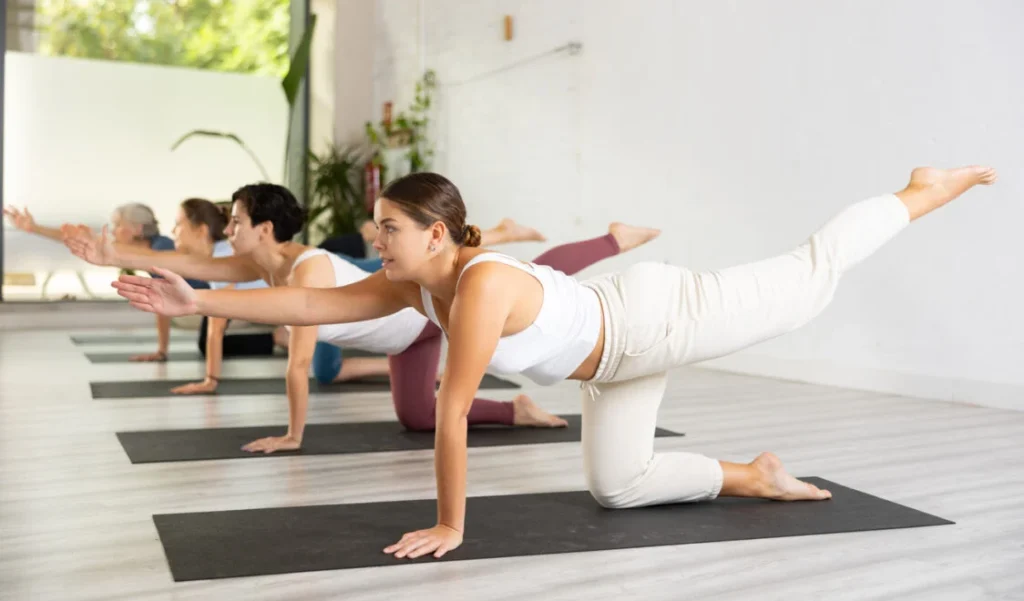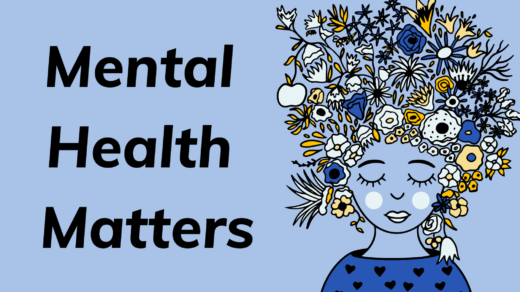In the fast-paced urban life, anxiety, insomnia, and chronic pain trouble many people. Yoga—an ancient practice originating in India over 5,000 years ago—has been scientifically validated as an effective tool for improving physical and mental health. Harvard Medical School research found that 12 weeks of consistent yoga practice reduces cortisol (the stress hormone) by 23% while increasing GABA neurotransmitter levels (which promote relaxation). This article explores yoga’s scientific benefits, popular styles, and how to start practicing safely.

I. Why You Need Yoga?
1. Relieves Chronic Pain
A study in Pain Medicine Journal on lower back pain patients showed that 3 weekly yoga sessions reduced pain by 35% after 6 weeks. By stretching tight muscles and improving posture, It effectively alleviates common neck, shoulder, and lumbar issues in office workers.
2. Manages Anxiety and Depression
Columbia University experiments confirmed that yoga provides 17% more emotional improvement than aerobic exercise alone. Posture practice combined with breath control reduces overactivity in the amygdala (the brain’s fear center).
3. Improves Sleep Quality
A survey by the National Sleep Foundation found that yoga practitioners fall asleep 15 minutes faster on average and experience increased deep sleep.
4. Boosts Immunity
A German research team discovered that long-term yogis have significantly higher levels of IL-10 anti-inflammatory cytokines, reducing cold frequency by 40%. Twisting postures also stimulate lymphatic system detoxification.
5. Slows Cellular Aging
Telomere research from the University of California showed that middle-aged women practicing yoga for 1 hour daily have 30% higher telomerase activity (linked to longevity) than peers—equivalent to being 5–7 years younger biologically.
II. 4 Popular Yoga Styles and Suitable Practitioners
| Style | Characteristics | Suitable For | Representative Poses |
|---|---|---|---|
| Hatha Yoga | Basic postures + breathing techniques | Beginners with no experience | Mountain Pose, Cat-Cow Pose |
| Vinyasa Yoga | Dynamic flow, emphasis on fluidity | Young adults who enjoy movement rhythm | Sun Salutations, Warrior Sequences |
| Yin Yoga | Long holds (3–5 minutes) | Stressed or stiff individuals | Dragon Pose, Sleeping Swan Pose |
| Iyengar Yoga | Precise alignment with props | Injury recovery/detail-oriented practitioners | Supported Legs-Up-the-Wall, Chair-Assisted Poses |
Selection Tips: Beginners can start with Hatha Yoga and explore other styles after 3 months. Those with chronic conditions should practice under professional guidance.
III. Safe Beginner’s Guide: Avoid 90% of Newbie Mistakes
1. Common Posture Misconceptions
- Mistake: Pursuing extreme flexibility (e.g., forcing splits).
Correct: Focus on muscle activation (e.g., engaging inner thighs while standing). - Mistake: Holding breath during difficult poses.
Correct: Maintain Ujjayi breath (ocean-sounding breath with slight throat constriction).
2. Essential Equipment List
- Yoga mat: 6mm thickness or more (to reduce joint pressure).
- Yoga strap: Aids in forward fold poses.
- Yoga blocks: Adjust height to prevent compensation.
3. 10-Minute Daily Home Practice Plan
- Warm-up: Cat-Cow Pose (2 minutes) → Activate the spine.
- Core: Plank (1 minute) → Strengthen abdomen.
- Hip opening: Pigeon Pose (1 minute per side) → Relieve sitting stiffness.
- Relaxation: Child’s Pose (2 minutes) + Savasana (3 minutes).
IV. Adapted Plans for Special Groups
1. Office Workers
Issues: Rounded shoulders, lumbar strain.
Recommended poses:
- Eagle Arms (relieve neck/shoulders).
- Half Camel Pose (correct hunchback).
2. Menopausal Women
Issues: Hot flashes, osteoporosis.
Recommended poses:
- Bridge Pose (regulate endocrine function).
- Tree Pose (improve balance to prevent falls).
3. Runners
Issue: Tight iliotibial band.
Recommended pose:
- Supine Hand-to-Toe Pose (stretch outer thighs).
V. Scientific Progression: Tips to Double Results
1. Combine with Biofeedback
Use heart rate variability (HRV) devices to find your optimal practice time (usually mornings when HRV is highest).
2. Nutritional Support
Supplement before/after practice:
- Magnesium (dark leafy greens/nuts) → Aids muscle relaxation.
- Antioxidants (blueberries/turmeric) → Reduces exercise inflammation.
3. Track Progress
Keep a “Yoga Journal” to record:
- Posture hold times (e.g., Plank from 30 seconds to 2 minutes).
- Pain changes (e.g., reduced frequency of lumbar discomfort).
Conclusion: Yoga Is a Lifelong Dialogue with Yourself
Indian yoga master B.K.S. Iyengar once said: “Yoga is not about touching your toes. It’s about what you learn on the way down.” Whether you seek pain relief, emotional management, or greater body awareness, unroll your mat today—even a 5-minute breath practice is the first step toward a better you.
Related article:


